
This logo isn't an ad or affiliate link. It's an organization that shares in our mission, and empowered the authors to share their insights in Byte form.
Rumie vets Bytes for compliance with our
Standards.
The organization is responsible for the completeness and reliability of the content.
Learn more
about how Rumie works with partners.
How House Plants Purify Indoor Air
House plants purify the air through the processes of photosynthesis and respiration.
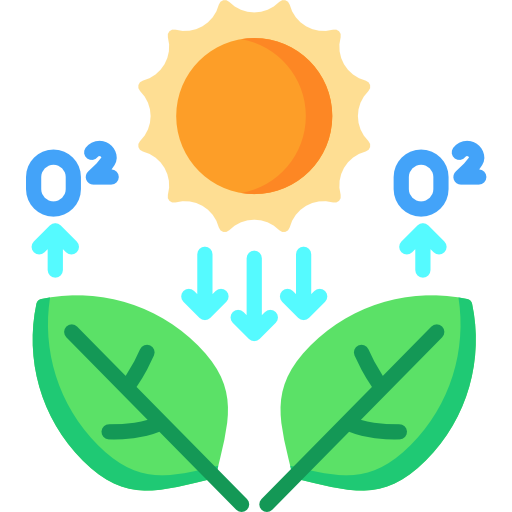
When we exhale, we release carbon dioxide into the air. During the day, plants take in that carbon dioxide and convert it to oxygen (photosynthesis). At night, plants take in oxygen and release carbon dioxide (respiration) .
During these processes, plants remove air pollutants, such as viruses and chemicals that can come from your carpet, furniture, and paint . This means that a home with plants has cleaner air than a home without, which is important if you have asthma or are sensitive to certain chemicals in the air.
Get Your Home Ready For New Plants
Before buying plants, look at each room in your home. Note how much sun there is at different times of the day. This will help you decide where to place your new plants.
Plan to have about 2 plants per 100 sq. ft./9.3 sq. m.
Some plants, like pothos and snake plants, grow in bright or low light, so they can go in almost any room in your home — even the bathroom which typically has low light.
Others, like the spider plant, prefer bright/indirect light, so place them in areas with more windows — maybe your living room or kitchen.
Below is a room with bright light.
 Photo by Kate Darmody on Unsplash
Photo by Kate Darmody on UnsplashBelow is a room with low light.
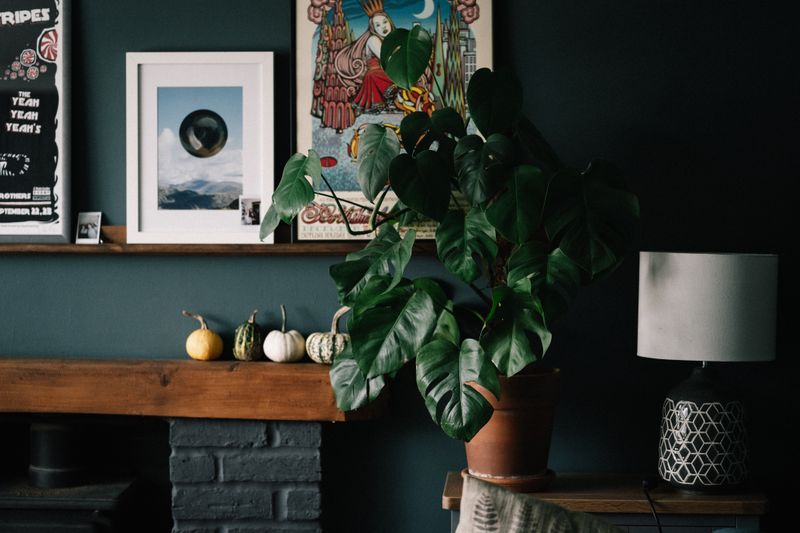 Photo by Annie Spratt on Unsplash
Photo by Annie Spratt on UnsplashQuiz
Ruby has a 900 sq. ft./275 m. apartment. What is the maximum number of house plants Ruby should have?
For effective air purification, experts recommend 2 plants per 100 sq. ft./9.3 m. This means that Ruby should have about 18 house plants to maintain purification recommendations. For your home, choose the number of plants you're comfortable with, whether that's 2 or 20.
Caring For Your Plants
Pay attention to water and fertilizer. Every 3-4 days, check your plants' soil for moisture. If it's moist, don't add water. Some plants prefer dry soil, such as aloe vera, so water them every other week. Use water-based fertilizer once a month.
 Photo by Simona Takareviciute on Unsplash
Photo by Simona Takareviciute on Unsplash4 Plants That Can Purify The Air In Your Home
Pothos
Pothos grow in moist soil or jars with water.
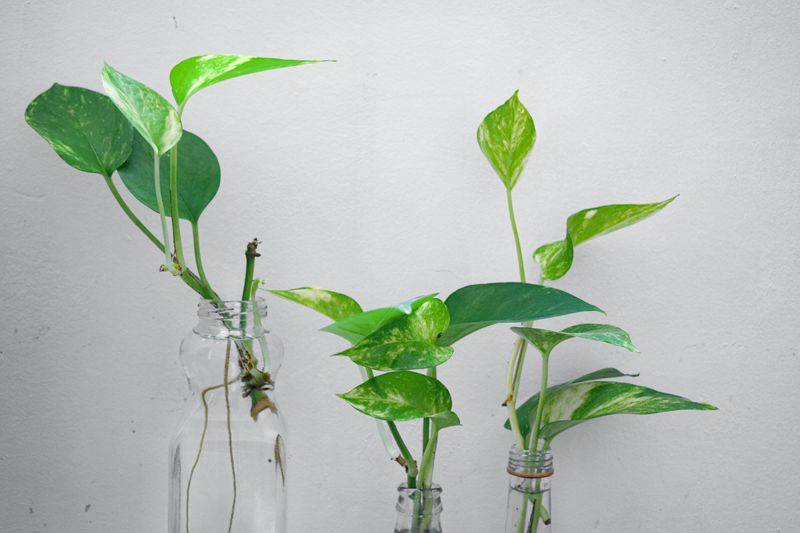 Photo by Mahdi Dastmard on Unsplash
Photo by Mahdi Dastmard on UnsplashSpider plant
These have long stems with new shoots.
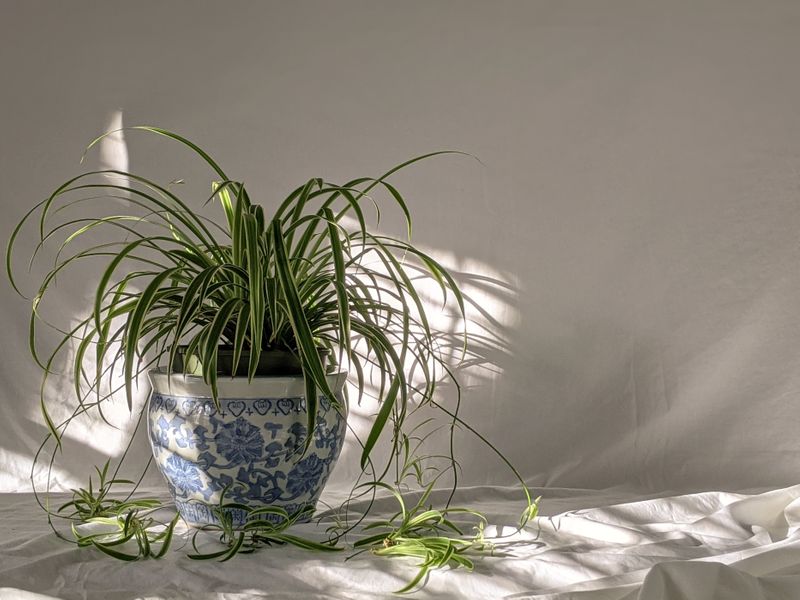 Photo by Susan Wilkinson on Unsplash
Photo by Susan Wilkinson on UnsplashSnake plant
Snake plants are hearty and can grow up to 8 ft./2.4 m. tall.
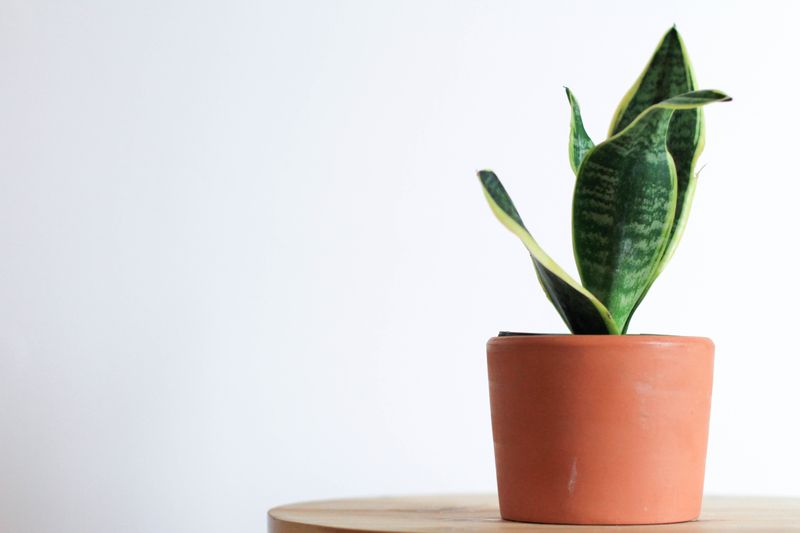 Photo by Kara Eads on Unsplash
Photo by Kara Eads on UnsplashAloe Vera
If you're forgetful when watering plants, then get an aloe vera. They like dry soil.
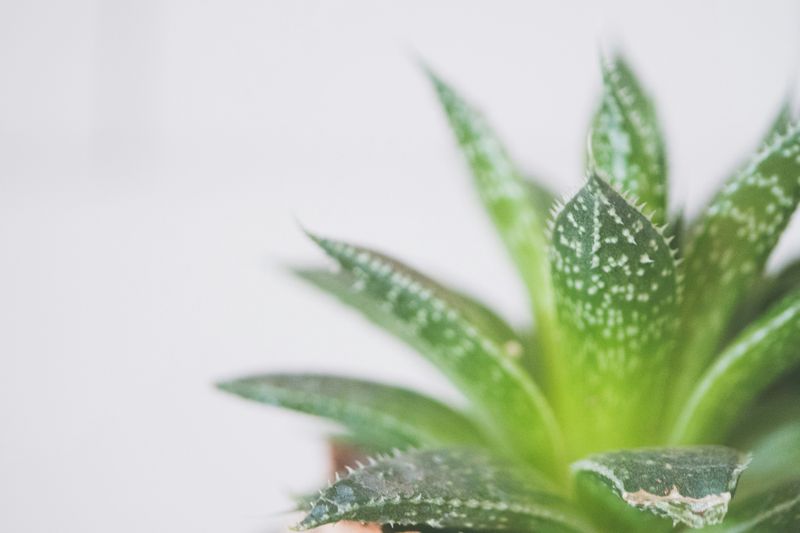 Photo by Jessica Lewis 🦋 thepaintedsquare on Unsplash
Photo by Jessica Lewis 🦋 thepaintedsquare on UnsplashQuiz
Jack's apartment doesn't have many windows, so most of the rooms have low light. Which plant(s) would do well in Jack's apartment?
All of these plants will help purify the air in any home, but the pothos and snake plants are known to be great starter plants because they thrive in areas with different lighting.
Did you know?
Sustainability And House Plants
The plant industry leaves a significant carbon footprint, but there are steps to protect the planet and still enjoy your houseplants.
Avoid peat
Peat holds moisture in soil. The plant industry uses more peat than can be reproduced and harms wetlands that absorb carbon from trees . Avoid buying plants with peat and use homemade compost instead.

Buy local
Transporting plants long distances generates emissions that harm the planet . Buy locally grown plants and propagate to create new plants.
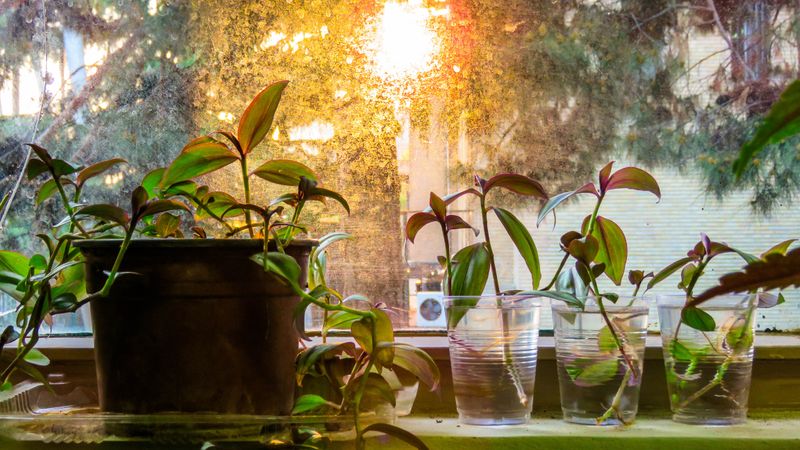 Photo by Naeem shahrizadegan on Unsplash
Photo by Naeem shahrizadegan on UnsplashTake Action
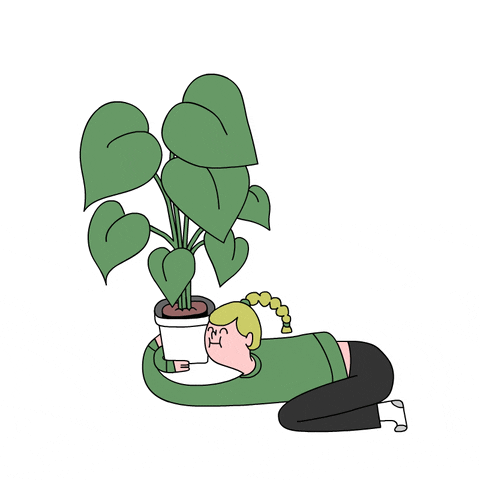 Create a calming environment while purifying the air in your home with some house plants!
Create a calming environment while purifying the air in your home with some house plants!
This Byte has been authored by
Jennifer Benaggoun
Learning Designer
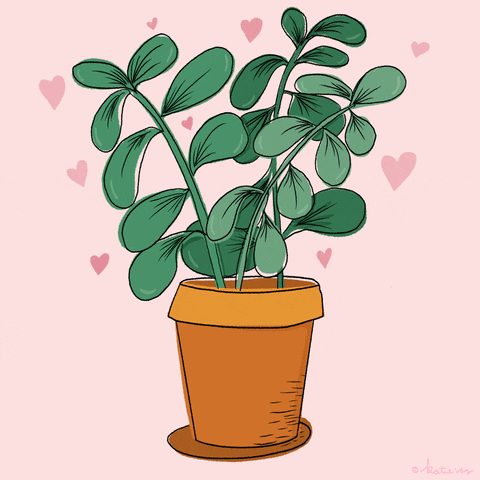 Research shows that house plants can reduce stress and act as natural air filters which purify the air in confined
Research shows that house plants can reduce stress and act as natural air filters which purify the air in confined